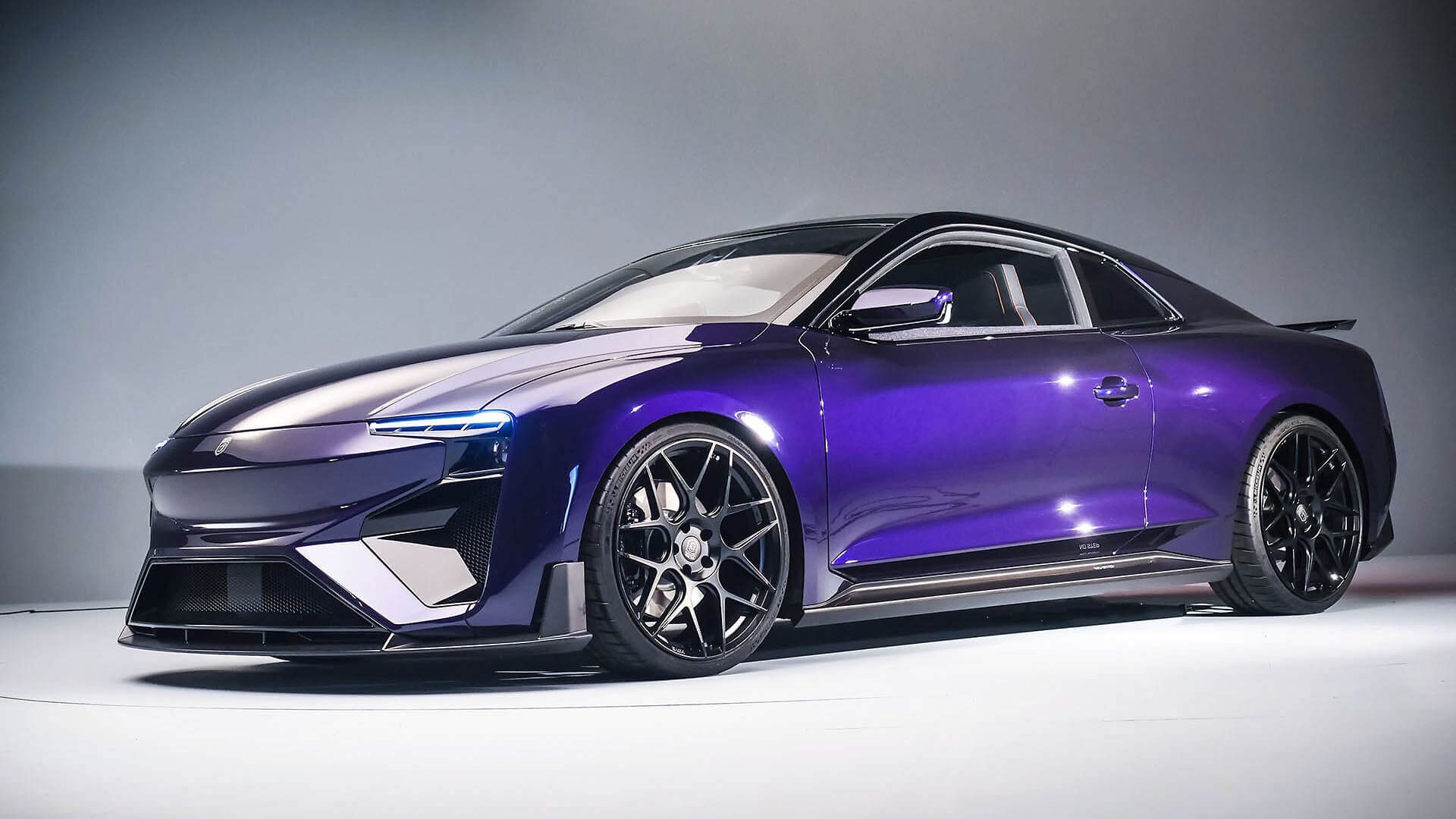Image: Lamborghini
Words by Marcus Boothby
Supercars are the automotive equivalent of fighter jets, speed boats and bullet trains. They are the pinnacle of engineering and have numerous inspirations from motorsport, high fashion and other state of the art vehicles. Supercars as we know them have been around since the 1960s, albeit with sources tracing back even earlier to before the outbreak of World War 2. Without cars like the Lamborghini Miura and Mercedes 300SL, we wouldn’t have the fast stuff that we have today.
For the past 60 years, the supercar formula has remained mostly the same; build a mid-engined chassis, stick in a big engine and send the power to the rear wheels and the result varies from manufacture to manufacture. Things like the Ferrari F8 Tributo and the Bugatti Chiron may seem similar but they are two very different cars. Sure, both are mid-engined and very powerful but one is a car designed to be sold in volume whereas the other is designed to be the very best of what modern engineering and money can offer. But they are still the same at their core.
We have entered a new decade which means innovation will be coming very quickly. We have already seen the rise of hybrid supercars thanks to the Holy Trinity, efforts from smaller manufacturers and the push from the world’s governments to reduce global pollution and to use less fossil fuels.
By the end of the decade, we will see more and more hybrid supercars with a lot of them being electric only, which isn’t a bad thing. We love the sound of a howling V12 but we also know that natural resources like oil are quickly depleting. Now that we’re in 2020, it’s time that supercar and hyper car manufacturers start looking at alternative methods of powering their flagship models.
Image: Wikimedia Commons
We know that manufacturers like Ferrari and McLaren are developing hybrid supercars like the SF90 Stradale and McLaren’s own hybrid supercar which should be revealed this year. This is great news as the SF90 Stradale offers LaFerrari bearing performance for a more reasonable £400,000 but we think more needs to be done.
Rimac are leading the race for alternatively fuelled supercars with their electric models which are insanely quick and impressed the people who have driven them but, we believe that electric supercars is a short term solution. Sure, they produce little to no emissions but they still use precious materials like cobalt and lithium in the battery construction. Like oil, coal and natural gas, these materials will soon run out.
This is where hydrogen comes in. If you ignore the safety connotations to do with hydrogen (of which there is many), hydrogen offers a long term solution to climate change. Hydrogen is literally everywhere as it’s one of the most abundant elements on our planet. It’s also nearly infinite too, which means it can be used and recycled fairly quickly. Storing hydrogen is a bit of a concern though as it can get explosive very quickly but it’s better in terms of the environment. There is almost no pollution from hydrogen and the only waste production is water vapour.
Image: Gumpert
The infrastructure is not as good as petrol or electricity but motoring would continue if manufacturers invest into hydrogen and thus, would save supercars from death. We’d rather have hydrogen powered supercars than electric ones.
Other than the fuel problem, supercars will probably stay true to the formula as set by the Lamborghini Miura. They will continue to be the very best product a manufacturer can offer with the latest in engineering and technological innovation. They will still be poster cars for kids and adults alike and will still be the centre piece of media.
Forget your dreary crossovers and humdrum hatchbacks, supercars are here to stay. In the meantime, we’re off to get a lottery ticket in hope we win so we can get an actual supercar.



